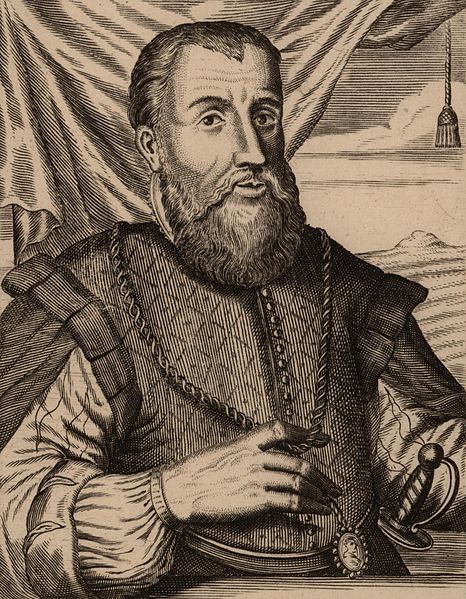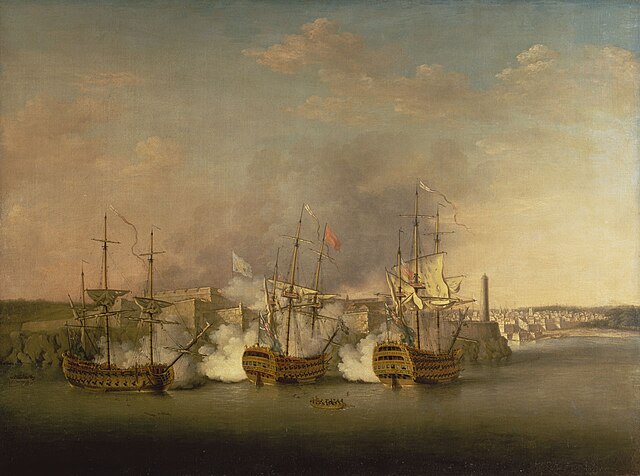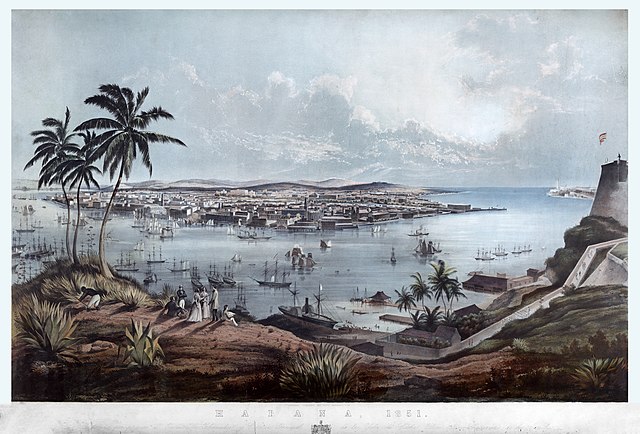The Ñancahuazú Guerrilla or Ejército de Liberación Nacional de Bolivia was a group of mainly Bolivian and Cuban guerrillas led by the guerrilla leader Che Guevara which was active in the Cordillera Province of Bolivia from 1966 to 1967. The group established its base camp on a farm across the Ñancahuazú River, a seasonal tributary of the Rio Grande, 250 kilometers southwest of the city of Santa Cruz de la Sierra. The guerrillas intended to work as a foco, a point of armed resistance to be used as a first step to overthrow the Bolivian government and create a socialist state. The guerrillas defeated several Bolivian patrols before they were beaten and Guevara was captured and executed. Only five guerrillas managed to survive, including Harry Villegas, and fled to Chile.
Che Guevara in Bolivia in 1967.
Che Guevara at his basecamp holding a local African infant and standing next to a fellow Afro-Cuban soldier in the Congo during the Congo Crisis, 1965.
Guevara as "Adolfo Mena González" in 1966.
Cuba, officially the Republic of Cuba, is an island country, comprising the island of Cuba, Isla de la Juventud, archipelagos, 4,195 islands and cays surrounding the main island. Cuba is located where the northern Caribbean Sea, Gulf of Mexico, and Atlantic Ocean meet. Cuba is located east of the Yucatán Peninsula (Mexico), south of both the American state of Florida and the Bahamas, west of Hispaniola, and north of Jamaica and the Cayman Islands. Havana is the largest city and capital. Cuba is the third-most populous country in the Caribbean after Haiti and the Dominican Republic, with about 11 million inhabitants.
Diego Velázquez de Cuéllar, conquistador of Cuba
A painting of the British capture of Havana in 1762
Slaves in Cuba unloading ice from Maine, c. 1832
19th century view of Havana







